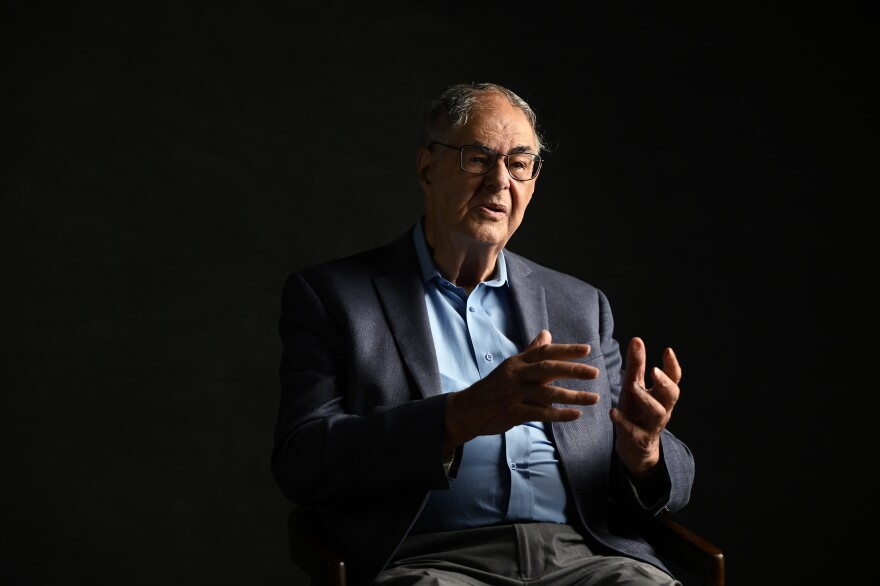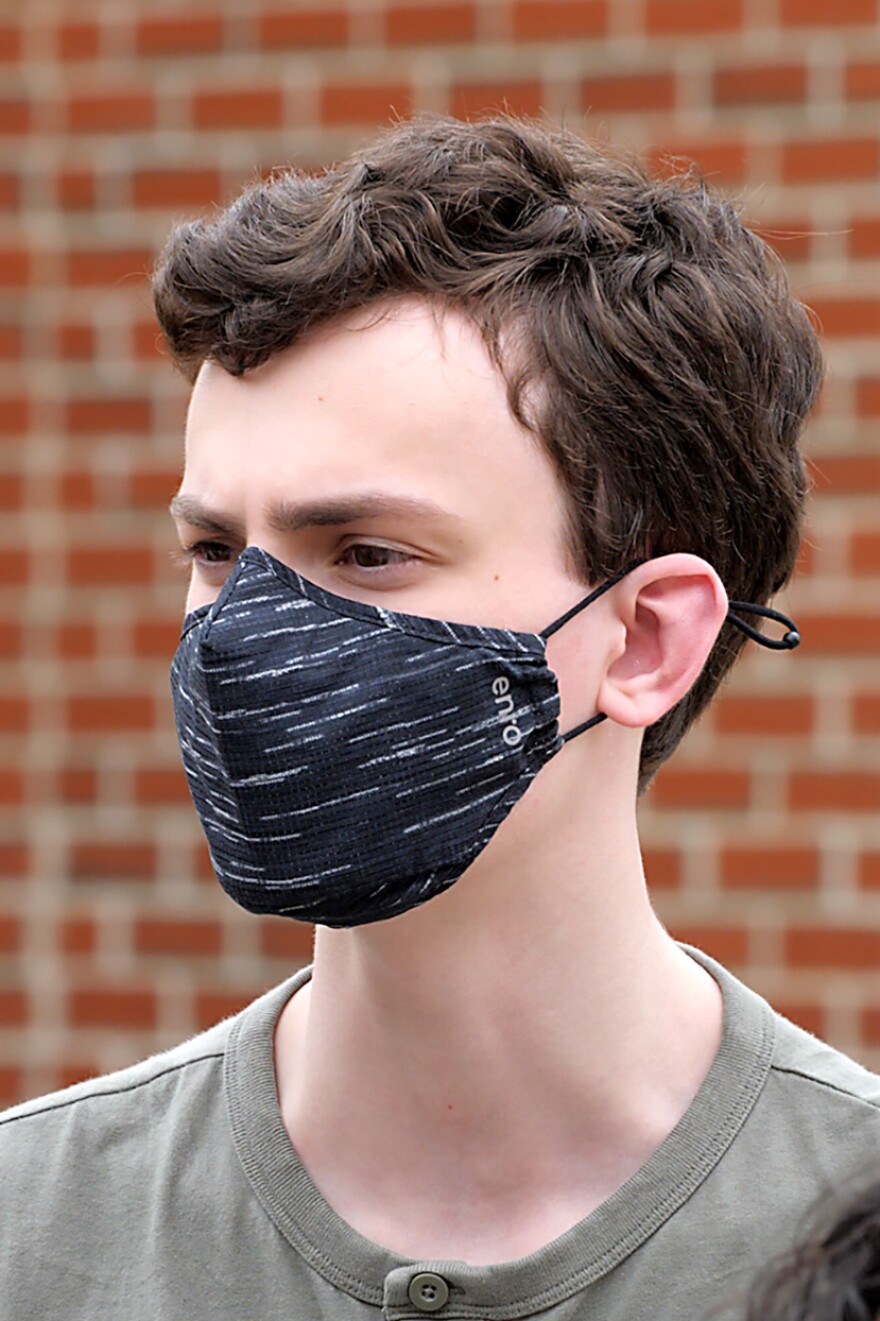At first, Joe Goldman hesitated.
When he was asked to teach the genocide elective at E.O. Smith High School in Storrs, he was, for a moment, in awe of the assignment.
There seemed to be little room for error.
“I immediately felt some of the weight of the responsibility,” Goldman said. “It feels like the sort of class you can’t get wrong.”
But Goldman and about a dozen other teachers in Connecticut have taken up the task.
Connecticut law requires public schools to provide Holocaust and genocide education. But local districts can decide how to present the material. They determine the content and the grades it's taught in. Most schools incorporate Holocaust education into social studies classes.
Some — like E.O. Smith — go further and develop specialized genocide courses. In his course, Goldman guides students through the progression of events that led to the systematic persecution and murder of 6 million Jews and others by the Nazis in Germany and across eastern Europe in the Second World War.
But the class doesn’t begin with genocide itself. It begins more than two decades earlier in 1919, studying the Treaty of Versailles that ended the First World War. They then progress through time and history, with the introduction of the German Weimar Republic, the Nazi’s Nuremberg laws and, eventually, with Kristallnacht in 1938 — the night of broken glass that saw Jewish storefronts, places of worship and homes vandalized and destroyed across Germany.
Goldman’s goal as a teacher is to underscore this point: The Holocaust did not start with the creation of Nazi ghettos or concentration camps. It was the culmination of a long, slow, systematic and bureaucratic vilification of Jews.
Near the end of the school year, the class also had the chance to meet a witness to that painful history.

Dr. Leon Chameides spoke by Zoom with Goldman’s students. He is a Holocaust survivor who was born in Poland. When he was just 7 years old, his father — a rabbi — arranged for him to be hidden by the Ukrainian Greek Catholic Church. Chameides was given a new identity and sent to live in a monastery in the mountains.
“My name was going to be Levko Chaminsky,” Chameides told students. “I was given a Ukrainian name. And I repeated that name over and over again in my mind and to myself, so that if I were woken up in the middle of the night and asked for my name I wouldn’t suddenly blurt out my real name. I was taught how to cross myself. I was warned never to speak about my past, never to mention my parents.”
Chameides and his brother survived the war, but their parents didn’t. Years later, Chameides came to the U.S. and eventually became a leading pediatric cardiologist in Hartford.
Learning from a teacher like Goldman is one thing. But hearing directly from survivors of history is another thing entirely. Student Collin Moffitt, 16, said hearing from Chameides helped put a face on the atrocities of the Holocaust.
“Six million people? When you’re given that number, it’s just a statistic at this point. You don’t have faces. You don’t have names,” he said. “And just seeing a real survivor talk about their experience puts things more in perspective.”
For decades, survivor testimony has been central to Holocaust education. There’s a greater urgency to it now, as the last generation of survivors ages. And Goldman says the first-person perspective is essential to his teaching of history.
“It needs to help students understand the world around them,” he said.
Goldman focuses his class on a central idea.
“What I have in mind is, the essence of genocide is essentially hate.”
And students see that in the world today, Goldman said.

“There’s a vein of anti-LGBTQ sentiment. There’s a lot of anti-immigration sentiment in the country today. Antisemitism is on the rise not only in the United States but in Europe,” he said. “And I think the class should help them not only see that, but think about the individual choices we each have to make when we’re confronted with hate.”
Elias Utterback, 18, said the genocide course opened his eyes. But as he looks around and considers history’s relevance today, he’s frustrated.
“I think today there are efforts to sort of reconstruct history — pick and choose what we want to remember and what we don’t want to remember. And I think that’s just a very foolish thing to do,” Utterback said. “Because by rewriting these historical narratives, we hide what we truly are as a human species. We need to understand what we are capable of, what patterns lead us to these things. And I think it is just wrong to deny that these things do exist in our hearts.”
Holocaust educators say the purpose of teaching the Holocaust is to help students understand the past, its connection to the present, and help prepare students for the challenges of the future.
Learn more
Cutline, Antisemitism Rising: Bearing Witness Then and Now
July 28 at 8 p.m. on CPTV
The Holocaust remembrance movement says "never forget," but surveys find the problem is deeper — many people lack basic knowledge of the Holocaust. On “Cutline, Antisemitism Rising: Bearing Witness Then and Now,” hear the personal stories of Holocaust survivors living in Connecticut, visit a Connecticut classroom teaching the Holocaust, explore links between antisemitism and extremism, and learn the story of Sobibor, a site of bravery and resistance.





